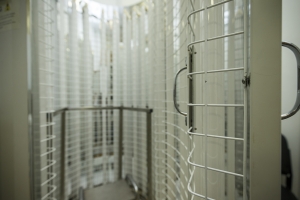Narrowband UVB phototherapy
A common form of phototherapy used to treat skin diseases. It is referred to as narrowband as it uses a specific wavelength of ultraviolet radiation.
Conditions treated with Narrowband UV include psoriasis, atopic eczema, vitiligo, lichen planus, pruritus, and polymorphous light eruption.
Side Effects
Redness/Burning, just like sunlight. This problem is not common when usual protocols are used, but would be an indicator that dosage requires altering.
Dryness/itchy skin, using a simple moisturiser after treatment can be helpful in minimising this.
Skin ageing/Photoaging, colour changes, wrinkling increased laxity will occur after many treatments.
Long term treatment has a small increase in the risk of skin cancers and moles and freckles will darken with treatment therefore frequent checks with your dermatologist are required.
Eye protection needs to be worn to prevent eye damage and cataracts.
Treatment
Treatment follows a regime of 2-3 times per week with the amount of exposure gradually increasing. It is essential to follow a routine during treatment of the same clothing being worn and the same position in the cabinet during each treatment session. It is important to attend the regime recommended by your dermatologist and attend regular reviews with them to ensure optimal treatment and to check for any side effects.
Results
Phototherapy is generally continued until the problem clears. Sometimes frequency of treatments is reduced. It will not cure all conditions just bring them under control.
Phototherapy will not be offered if you have a history of melanoma. Persons with sun sensitive disorders are not treated with phototherapy.
Some people cannot tolerate the confined space of the light cabinet.

